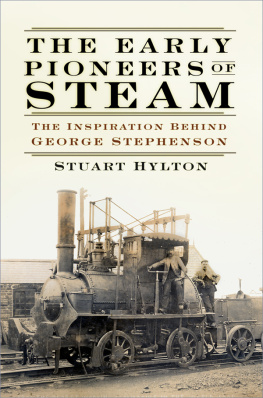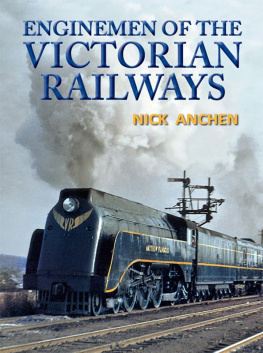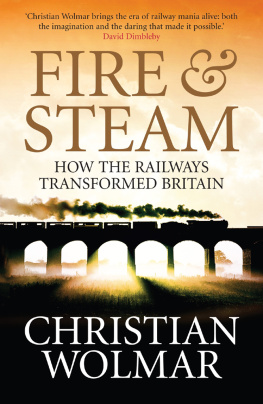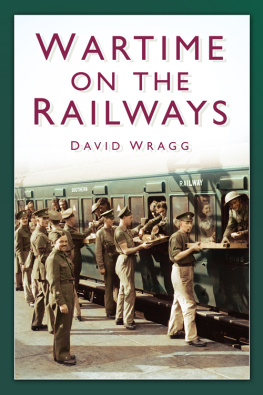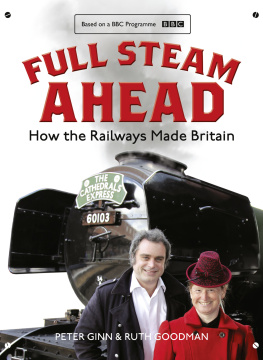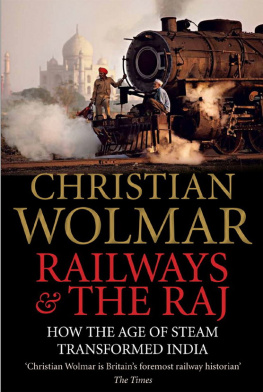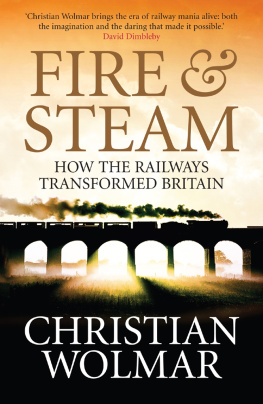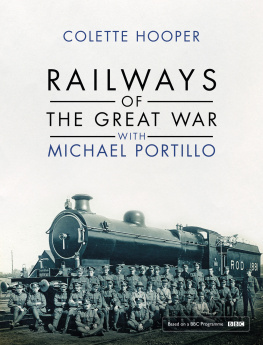Contents
Guide


First published 2019
The History Press
97 St Georges Place, Cheltenham,
Gloucestershire, GL50 3QB
www.thehistorypress.co.uk
Stuart Hylton, 2019
The right of Stuart Hylton to be identified as the Author of this work has been asserted in accordance with the Copyright, Designs and Patents Act 1988.
All rights reserved. No part of this book may be reprinted or reproduced or utilised in any form or by any electronic, mechanical or other means, now known or hereafter invented, including photocopying and recording, or in any information storage or retrieval system, without the permission in writing from the Publishers.
British Library Cataloguing in Publication Data.
A catalogue record for this book is available from the British Library.
ISBN 978 0 7509 9360 9
Typesetting and origination by The History Press
Printed and bound in Great Britain by TJ International Ltd
eBook converted by Geethik Technologies
Contents
Cover image: A view back into railway history. Lyon, a Hetton Colliery locomotive, originally dating from 1822 but now thought to have been built in 185152 as a replica of an 1822 locomotive designed by Nicholas Wood (17951865). Wood was a close associate of George Stephenson (Stephensons son Robert was apprenticed to Wood). It was photographed for Railway Magazine in 1905 and remained in service until 1912. In 1925 the locomotive took part under its own steam in the centenary celebrations of the Stockton and Darlington Railway. It was one of a pair (the other was destroyed by a boiler explosion in 1858/9). (Mary Evans Picture Library)

A first-class carriage from the earliest days of the Liverpool and Manchester Railway.
Introduction
The opening of the Liverpool and Manchester Railway on 15th September 1830 was one of the epochal moments which divide precisely the past from the future, the old from the new, the historic from the prehistoric and of which nothing that came after was ever quite the same as anything gone before.
Sir Arthur Elton, quoted in Gwyn and Cossons
In 1832 an essay on the advantages of railways compared road travel and rail travel between Liverpool and Manchester before and after the opening of the railway. By road, the journey took four hours and cost ten shillings inside the coach and five shillings outside. By train the same journey took one and three quarter hours and cost five shillings inside and three shillings and sixpence outside. Compared to canal the time savings were even more significant. The same journey had taken twenty hours by canal. The cost of canal carriage was fifteen shillings a ton, whereas by rail it was ten shillings a ton.
www.parliament.uk
The great work of the Liverpool and Manchester Railway, advancing towards completion, seemed by a common unanimity of opinion, to be deemed as the experiment which was to decide the fate of Rail-ways. The eyes of the whole scientific world were upon that great undertaking; public opinion on the subject remained suspended; and hence its progress was watched with the most intense interest.
Nicholas Wood, A Practical Treatise on Rail Roads, 1832
Many of the general public think of the Stephensons and Brunel as the fathers of the railways, and their Liverpool and Manchester and Great Western Railways as the prototypes of the modern systems. But who were the railways grandfathers and great grandfathers? For the rapid evolution of the railways after 1830 depended to a considerable degree upon the Stephensons, Brunel and their contemporaries being able to draw upon lifetimes of experience in using and developing railways, and of harnessing the power of steam. Giants the Stephensons and Brunel may have been, but they stood upon the shoulders of many other considerable if lesser-known talents.
The purpose of this book is to recognise the many great contributions made over the centuries, leading to the eventual emergence of the steam railways. Among the things it looks at are:
the use of steam power to generate movement a story going back to the time of the ancient Egyptians;
the use of railways to serve industry and transport, which can be dated back at least to the first millennium bc and the ancient Greek Diolkos;
British Parliamentary processes being used to facilitate (or control) the building of railways, first recorded in 1758. This had a marked effect on the form railway building took in Britain;
The earlier transport revolution of the canals, involving the creation of massive civil engineering works and the assembly of equally massive streams of finance to build them, which would later be needed to fund the explosive growth of the railway network;
The emergence of the Industrial Revolution, which could not have happened in the form it did without a means for the swift mass movement of people and goods;
The stories of some of the individuals who made a mark in the earliest days of the railway, the railways they built and ran and the locomotives they designed;
How British steam railway technology was spread throughout the world and helped to ensure the universality of this invaluable aid to modern living.
The book will look at the many people and events that influenced the dawn of the railway age. I am grateful, not only to them but also to the many people who have written about them. I have acknowledged my main published sources at the back of the book. In addition, there is a wealth of research now available on the internet, for which I am also duly grateful. My index of internet sources is less complete, since you can see what is available by entering your topic of interest into your search engine.
I have tried to avoid infringing anybodys copyright but if I have inadvertently failed in any particular instance, please let me know via the publisher and I will try to ensure that it is put right in any future editions.
Stuart Hylton
1
The First Steam Engines
This book looks at not one but two developments that were of vital significance to the industrial world in which we live. Taken individually, each one was of major importance to us. Brought together, their effect on the world was transformative. Each has been known about for centuries, but it was not until the start of the nineteenth century that their combined potential began to be realised.
We begin by looking at the very earliest attempts to create steam engines of one sort or another at first, as curiosities or toys, but gradually evolving into devices that could do useful work. But what is an engine? It is a device that converts energy into mechanical power. For our present purposes we are talking about heat engines engines that consume fuel to make heat, which is then converted into mechanical energy. They can be subdivided into internal and external combustion. A cars petrol engine is an example of internal combustion. Petrol is injected into the engine and ignited. The hot gases this creates move the pistons that make the engine work. A steam engine, by contrast, is an external combustion engine. Fuel is burnt outside the engine, which creates heat that turns water into steam. The steam is then fed into the engine, to drive the pistons and make the engine work.

